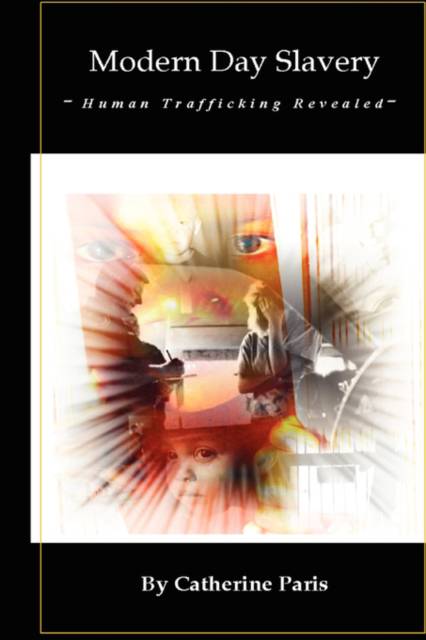
- Afhalen na 1 uur in een winkel met voorraad
- Gratis thuislevering in België vanaf € 30
- Ruim aanbod met 7 miljoen producten
- Afhalen na 1 uur in een winkel met voorraad
- Gratis thuislevering in België vanaf € 30
- Ruim aanbod met 7 miljoen producten
Zoeken
€ 59,45
+ 118 punten
Omschrijving
Modern Day Slavery: Human Trafficking Revealed brings to light the reality of human trafficking in today's world. There are currently 600,000 to 800,000 persons being trafficked each year. The United States government estimates that human trafficking is close to tying with the second most common industry, arms dealing, which is just second to drug trafficking. Criminals are making billions of dollars each year on the blood, sweat, and tears of trafficking victims. Modern Day Slavery: Human Trafficking Revealed discusses the various laws, agencies, countries, and protocols dealing with human trafficking. Case studies have been included in this book, along with pertinent news items, and the latest information available from our government. Victims of human trafficking are enslaved, subjected to limited movement, isolation, or had their documents confiscated. Children are used for labor in sweatshops, migrant farming, construction, factories, fisheries, panhandling, janitorial jobs, hotel or tourist industries, restaurant services, domestic servitude, child camel jockeys, child soldiers, and for child sex tourism. Children who are victimized by human traffickers are often mistaken for prostitutes, runaways, migrant farm workers, or domestic servants. It can be difficult to pick up on the subtle signals, however, if you look closely and ask the right questions, you may uncover children who are being exploited. Children who are exploited for labor are usually hungry or malnourished to the extent that they are poorly developed and may never reach their full height or development. Children who are forced into the commercial sex trade may show signs of having sexually transmitted diseases, including HIV/AIDS, kidney problems, and urinary tract infections.
Specificaties
Betrokkenen
- Auteur(s):
- Uitgeverij:
Inhoud
- Aantal bladzijden:
- 348
- Taal:
- Engels
Eigenschappen
- Productcode (EAN):
- 9780979521300
- Verschijningsdatum:
- 12/11/2007
- Uitvoering:
- Hardcover
- Formaat:
- Genaaid
- Afmetingen:
- 152 mm x 229 mm
- Gewicht:
- 662 g

Alleen bij Standaard Boekhandel
+ 118 punten op je klantenkaart van Standaard Boekhandel
Beoordelingen
We publiceren alleen reviews die voldoen aan de voorwaarden voor reviews. Bekijk onze voorwaarden voor reviews.











